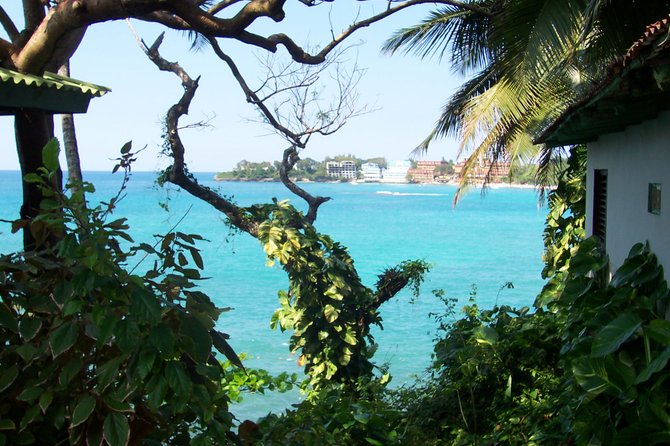 Facebook
Facebook
 X
X
 Instagram
Instagram
 TikTok
TikTok
 Youtube
Youtube

"My friend, my friend!" the men called as we passed. They started as the sun rose, drifting out of their kiosks. "You are hungry, yes? Here is a menu!"
"Pretty necklace for the lady?"
"See this painting! You like? Good price for you!"
The beach of Sosua stretches for a full mile, and all along the white dunes runs a wall of vendors' stalls. The hawkers approached with open arms; they embraced me around the shoulders and smiled like close relatives.
Hard to believe that Sosua was once a Jewish kibbutz built by Jewish emigrants in the 1940s. For nearly a decade, Jewish exiles escaped to the Dominican Republic – the only country in the world to openly accept Holocaust refugees. They built wooden houses, farmed the land, congregated at an ersatz synagogue and spoke German and Yiddish.
A half-century later, the rainforest has reclaimed the meadows and fields. The wooden buildings are gone, and we couldn't even find the temple (where a few stragglers reportedly still worship on the Sabbath).
The only lasting monument is El Museo Judio de Sosua, a small but moving museum that lies on a quiet avenue and is open at odd hours. Far from the hawkers forcing their wares, the Museo offers a quiet exhibit of WWII-era documents and photographs. As we moved around the museum, it was more and more apparent how much the town has changed: What was once a real community has become a depository for tourists and European expats.
As we left the Museo, we saw the baseball field across the street. Kids pitched and slammed homers. They ran and called excitedly. All of them were skinny and wore secondhand clothes.
Sixty years ago, people escaped to Sosua. But every kid on this field hoped to escape from it. Strange, the tide of history.


"My friend, my friend!" the men called as we passed. They started as the sun rose, drifting out of their kiosks. "You are hungry, yes? Here is a menu!"
"Pretty necklace for the lady?"
"See this painting! You like? Good price for you!"
The beach of Sosua stretches for a full mile, and all along the white dunes runs a wall of vendors' stalls. The hawkers approached with open arms; they embraced me around the shoulders and smiled like close relatives.
Hard to believe that Sosua was once a Jewish kibbutz built by Jewish emigrants in the 1940s. For nearly a decade, Jewish exiles escaped to the Dominican Republic – the only country in the world to openly accept Holocaust refugees. They built wooden houses, farmed the land, congregated at an ersatz synagogue and spoke German and Yiddish.
A half-century later, the rainforest has reclaimed the meadows and fields. The wooden buildings are gone, and we couldn't even find the temple (where a few stragglers reportedly still worship on the Sabbath).
The only lasting monument is El Museo Judio de Sosua, a small but moving museum that lies on a quiet avenue and is open at odd hours. Far from the hawkers forcing their wares, the Museo offers a quiet exhibit of WWII-era documents and photographs. As we moved around the museum, it was more and more apparent how much the town has changed: What was once a real community has become a depository for tourists and European expats.
As we left the Museo, we saw the baseball field across the street. Kids pitched and slammed homers. They ran and called excitedly. All of them were skinny and wore secondhand clothes.
Sixty years ago, people escaped to Sosua. But every kid on this field hoped to escape from it. Strange, the tide of history.
Comments